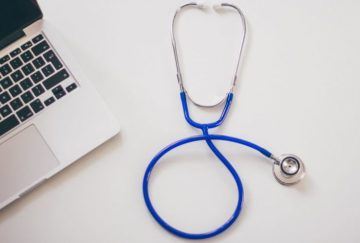Rachel Thomas in the Boston Review:
 Data science is remaking countless aspects of society, and medicine is no exception. The range of potential applications is already large and only growing by the day. Machine learning is now being used to determine which patients are at high risk of disease and need greater support (sometimes with racial bias), to discover which molecules may lead to promising new drugs, to search for cancer in X-rays (sometimes with gender bias), and to classify tissue on pathology slides. Last year MIT researchers trained an algorithm that was more accurate at predicting the presence of cancer within five years of a mammogram than techniques typically used in clinics, and a 2018 survey found that 84 percent of radiology clinics in the United States are using or plan to use machine learning software. The sense of excitement has been captured in popular books such as Eric Topol’s Deep Medicine: How Artificial Intelligence Can Make Healthcare Human Again (2019). But despite the promise of these data-based innovations, proponents often overlook the special risks of datafying medicine in the age of artificial intelligence.
Data science is remaking countless aspects of society, and medicine is no exception. The range of potential applications is already large and only growing by the day. Machine learning is now being used to determine which patients are at high risk of disease and need greater support (sometimes with racial bias), to discover which molecules may lead to promising new drugs, to search for cancer in X-rays (sometimes with gender bias), and to classify tissue on pathology slides. Last year MIT researchers trained an algorithm that was more accurate at predicting the presence of cancer within five years of a mammogram than techniques typically used in clinics, and a 2018 survey found that 84 percent of radiology clinics in the United States are using or plan to use machine learning software. The sense of excitement has been captured in popular books such as Eric Topol’s Deep Medicine: How Artificial Intelligence Can Make Healthcare Human Again (2019). But despite the promise of these data-based innovations, proponents often overlook the special risks of datafying medicine in the age of artificial intelligence.
Consider one striking example that has unfolded during the pandemic.
More here.
